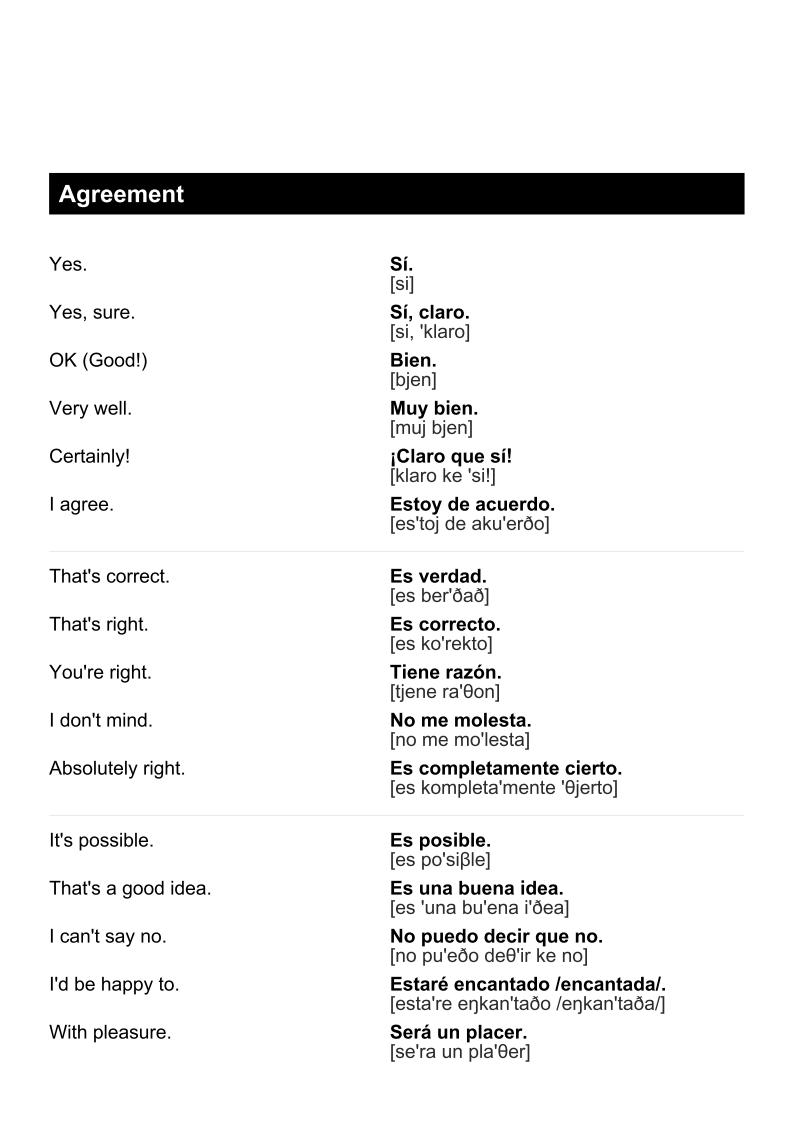
Estoy De Acuerdo English How To Use The
Solidariz&243 , expresando: ' Respeto a las cortes, pero estoy de acuerdo con el gobernador.This ESOL lesson explains how to use the verb To Agree in English. In compliance with the art. I agree to the treatment of my pe rsonal data, accordi ng to what stated on the doc umentation. Learn more in the Cambridge Spanish-English Dictionary.3ffilippi.eu. Estoy de acuerdo contigo en algunas cosas que has dicho, pero no en todas.I agree with you about some of the things youve said, but not about everything.Which is correct, I agree or I am agree? Do you say I don’t agree or I am not agree?acuerdo translate: agreement, agreement, accord, agreement, agreement, compact, compromise, concurrence, deal. A word of phrase used to refer to the second person informal t&250 by their conjugation or implied context (e.g.

(This is NOT correct – We don’t use TO BE. (again, you almost never use Agree with It)Remember, there is no S at the end of the verb in negative sentences.Again, for negative sentences we do NOT use the verb To Be before the verb To agree. That is because some speakers of romance languages (Spanish, French, Italian…) have a habit of using To Be when agreeing in their language.That is because they don’t have the verb To Agree.So, what is the negative from of To Agree?As with normal verbs in the present tense, we add don’t or doesn’t to make it a negative sentenceFor third person (he, she, it) we use doesn’t instead of don’t. (This is NOT correct – we don’t need IS)A common mistake for people learning English is when they use To Be with the verb To Agree. (This is NOT correct – we don’t need ARE) (This is NOT correct – we don’t need AM)

Does she agree? … becomes… Did she agree?We will see more about the past tense in another lesson. Do you agree? … becomes… Did you agree? She doesn’t agree becomes She didn’t agree.And finally with questions we just change Do or Does with Did. The same happens with third person subjects… So…The auxiliary DIDN’T shows us that the negative sentence is in the past tense.


 0 kommentar(er)
0 kommentar(er)
